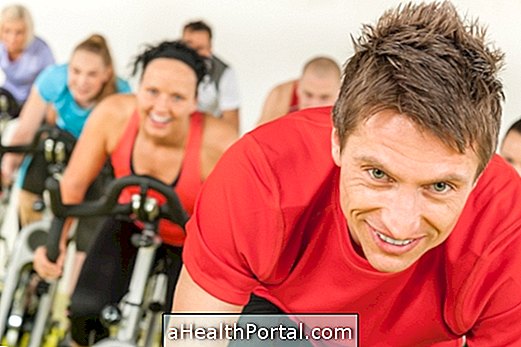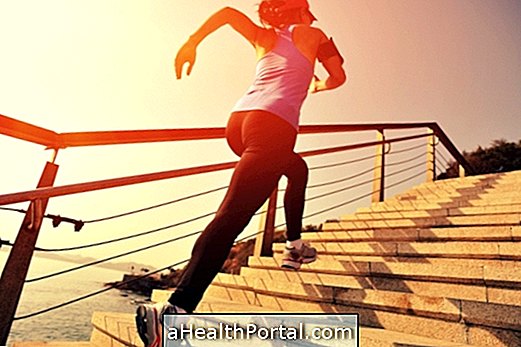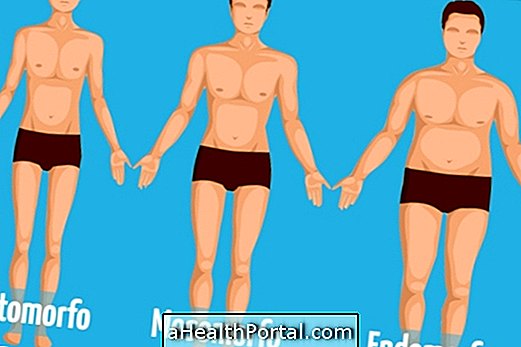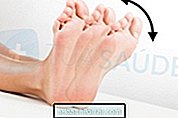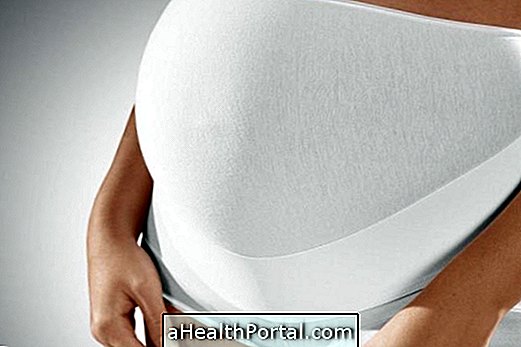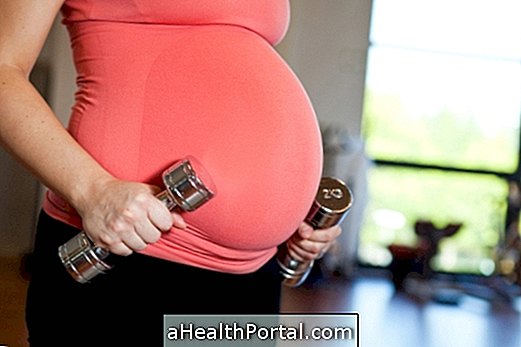To choose the best sneakers you have to take into account the type of physical activity, the location in which it will be practiced, the weather conditions and the type of footfall that the foot does when it touches the ground.
Wearing proper footwear helps avoid problems such as injuries to the ankle, knee and hip joints, calluses and blisters on the feet, bone fractures and tendonitis. In addition, it is important to begin the workouts lightly and progress gradually, according to the gain of resistance and strengthening of the muscles. See how it should be the gradual training to run 5 or 10 km.
How to know the type of footprint
According to the position that the foot touches the ground, the footprints can be divided into 3 types:
- Neutral: it is the most common type and with a lower risk of injury, causing a uniform wear on the tennis shoes;
- Pronada: The foot touches the floor mainly with the inner part, using the big toe to have impulse, which increases the risk of injury to the knees and the hip;
- Supine : The outside of the foot is the most used, and the little finger is the one that gives the impulse to the next step.
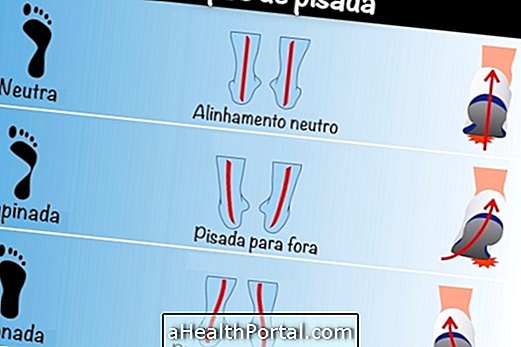
To know the type of footprint, a simple test can be done by wetting the foot and simulating a pass on a sheet of paper. Then with the foot still on the leaf, one should contour the shape of the foot with a pen, and assess which side of the foot touched the leaf.
People with the footing pronated should give preference to sneakers that neutralize the foot at the moment of the past, helping to avoid injuries in the joints.
Types of activity
To practice activities such as running or volleyball, the ideal is that tennis is light, comfortable and with ventilation and cushioning. Currently there are so-called minimalist tennis shoes, which have a flat sole and little cushioning, but their risk of injury is higher and is not usually recommended by health professionals.
In the case of gym activities, sneakers must have a cushioning system and stability, in order to favor and practice long-term activities in the same position.
Types of land and climate
To practice activities on uneven terrain, such as hiking or walking on terrain with stones, ideally the footwear has a reinforced cushioning system, greater adhesion of the floor to the ground and high barrel, to protect the ankles.
In addition, if the training site is humid, has puddles of water or if the practitioner does outdoor activity even on rainy days, it is also important to look for sneakers with waterproof material to prevent water from entering the shoe, which increases the weight of the feet and causes problems such as colds.
Size
After choosing the model, one must be aware of the size of the footwear and its comfort in the foot. The sneakers should be just enough that the heel does not slip during the walk or run, but no part of the foot should be tight.
In addition, the front of the sneaker should allow for the movement of the toes and there should be a small space to accommodate the swelling of the feet that normally occurs during the run.
To avoid injury, see 7 Caring for Exercise alone.


